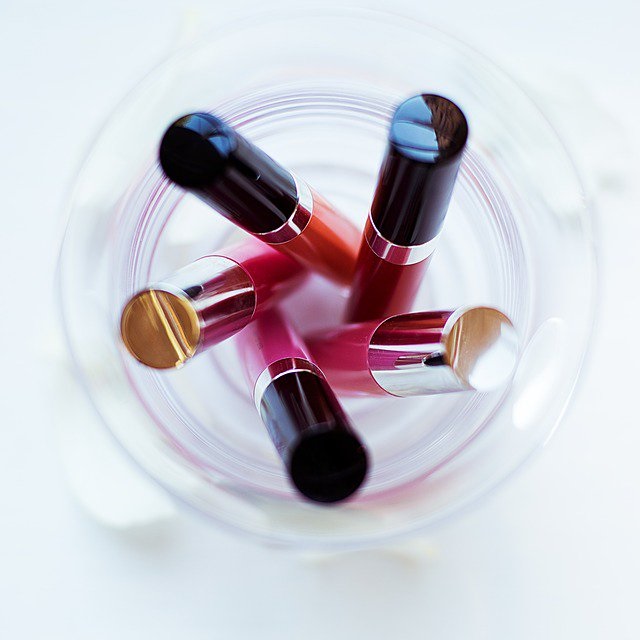Half of cosmetic imports found non-compliant
Published : 22 Oct 2017, 23:11
Updated : 23 Oct 2017, 11:39
The Finnish Customs claims on an average 45 per cent of the cosmetic products imported into the country do not comply with the cosmetics law – half of which in a gross way and the other half to some lesser degree.
In a press release the Customs authorities said, this year till the middle of October, the Customs Laboratory examined 145 cosmetic samples seized on suspicion, of which 35 were so brazenly noncompliant that those were denied the permission to be used. However, 30 more products tested during the period were found faulty to a lesser extent that was not that harmful for the consumers.
Usually non-compliance related to cosmetics involves the use of substandard ingredients in their manufacturing as well as false information given on their packages or labels about their real contents. The details of the ingredients provided on the labels of cosmetic items using the so-called INCI names do not always abide by the EU legislation concerned.
In some cases, there is even no list of ingredients and in some cases the ingredients are named erroneously, while some ingredients mentioned on the labels do not match with those in the products’ actual composition. Some of the cosmetic goods may also contain ingredients that are prohibited in cosmetic products, such as colorants or preservatives, or the product packaging doesn’t spell out any warning against the harms that may cause from using such contaminated substance.
According to the law, cosmetic packaging must also bear certain other details, such as that purpose of use, instructions on use, details of the operators who deal in such goods and the estimated duration after which these goods become expired. Unlike the list of ingredients, other labelling information also must be provided in Finnish and Swedish.
If there is merely erroneous or insufficient information about a cosmetic item on its packet but its composition is otherwise compliant with the law, the importer individual or company can correct the labelling to make it compliant for Finland. But, to correct the information about the ingredients of a cosmetic item, one has to obtain all the relevant facts from the manufacturer, which in some cases proves really problematic.
The Customs department said around half the cosmetic imports this year came from non-EU countries and the other half was sourced from stockpiles in warehouses meant for intra-EU trade. The press release said most common countries of origin of the products tested at the Customs Lab were the United States, China, and the United Kingdom.


